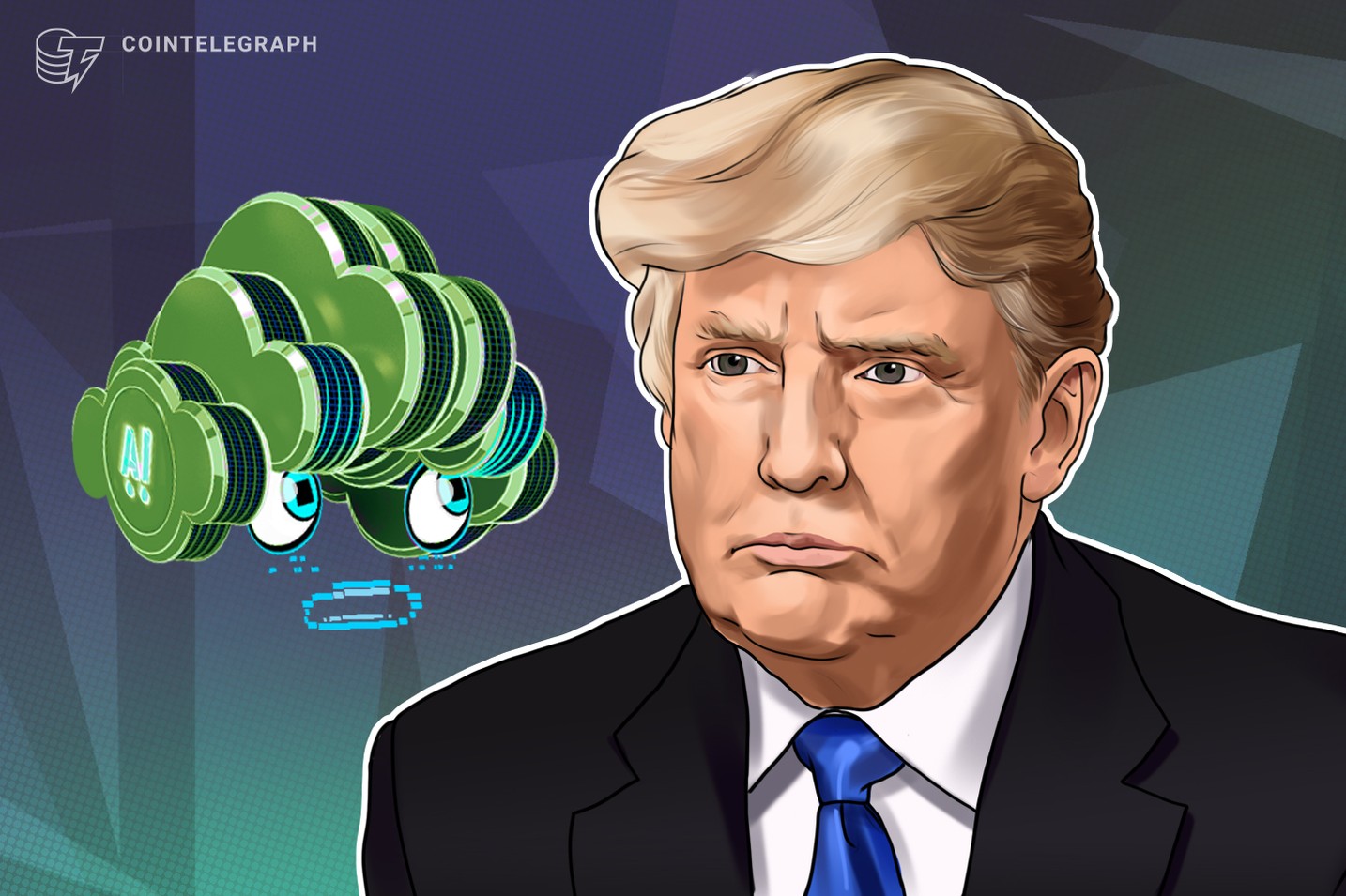5 Ways Trump Tariff Calculations Reflect AI Influence

Could AI Chatbots Have Influenced Trump’s Tariff Plan?
Recent theories suggest that leading AI chatbots like ChatGPT and Gemini may have played a role in shaping President Donald Trump’s new reciprocal tariff calculations, hitting 185 countries with a minimum 10% levy. Users on social media claim to have replicated the tariff formula using simple prompts, raising questions about the intersection of technology and geopolitics.

Background and Context
The intersection of artificial intelligence and geopolitics has sparked a significant debate in recent weeks, particularly following former President Donald Trump’s announcement of a new reciprocal tariff plan on April 2, 2023. This development, which enacts a minimum 10% tariff on 185 countries, has raised numerous questions about its origins. Notably, social media users claim that the tariff calculations resemble those generated by leading AI chatbots such as ChatGPT. This theory is noteworthy as it posits that AI might be influencing national trade policies—a concept that many find both fascinating and alarming.
Historically, tariffs have played a crucial role in shaping international relations and trade agreements, reflecting a country’s economic strategies. Previous tariff strategies, like those seen during the Smoot-Hawley Tariff Act of 1930, had long-lasting impacts on global trade, underscoring the importance of sound economic policy. The recent Trump tariff calculations AI influence has ignited discussions among economists and technologists about the role of AI in formulating such policies. This notion could signify a new era in trade policy formation, prompting further exploration of AI’s potential to shape geopolitics.

Did AI Influence Trump’s Tariff Rate Formula?
In recent discussions surrounding Donald Trump’s reciprocal tariff plan, which imposes a minimum 10% tariff on 185 countries, speculation has arisen about the potential influence of artificial intelligence, particularly Trump tariff calculations AI influence. Following the announcement on April 2, multiple users on social media, including prominent figures like NFT collector DCinvestor, claimed they were able to recreate the same tariff rate using OpenAI’s ChatGPT with a simple prompt.
DCinvestor shared his experience on X, stating, “I was able to duplicate it in ChatGPT. It also told me that this idea hadn’t been formalized anywhere before, and that it was something it came up with.” His assertion hints at a remarkable intersection between AI technology and trade policy, with others supporting this theory, including crypto trader Jordan Fish, who posed a similar question to ChatGPT. His prompt aimed to determine fair tariffs to adjust trade deficits.
AI’s Role in Trade Decisions
Experts have weighed in on the implications of AI in calculating tariff rates. Wojtek Kopczuk, editor of the Journal of Public Economics, experimented with ChatGPT, concluding, “I think they asked ChatGPT to calculate the tariffs from other countries, which is why the tariffs make absolutely no sense.” This sentiment emphasizes the bewildering nature of the tariff calculations produced. The consistent results generated by AI systems like ChatGPT, Gemini, Claude, and Grok suggest a shared methodology that could shape future geopolitical strategies.
Ryan Petersen, CEO of Flexport, noted that his company reverse-engineered the formula used by the Trump administration to establish these tariffs, revealing a straightforward approach: dividing the US trade deficit with each country by the country’s exports to the US. As these tariffs take effect, the fallout has already impacted markets, with crypto prices plummeting following the announcement.
In conclusion, while the exact influence of AI on Trump’s tariff formula remains debated, the convergence of technology and trade policy signals a new era in geopolitical economics.

Analysis of AI Influence on Tariff Policy
The recent discussions surrounding former President Trump’s reciprocal tariff plan have ignited a fascinating debate in the economic landscape. The suggestion that AI, specifically ChatGPT, may have helped formulate the tariff calculations raises questions about the role of technology in policymaking. As tariffs are set to impact trade relations with 185 countries, understanding the algorithms behind such decisions could be crucial for market stakeholders.
This incident illuminates the growing intersection between AI and economic policy, suggesting that industries must adapt to the influence of technologies like ChatGPT in shaping public discourse and economic strategies. Crypto markets’ initial panic reflects the sensitivity of financial actors to abrupt policy changes, indicating that investors are increasingly aware of broader technological trends, including Trump tariff calculations AI influence.
As more people reference AI-generated formulas in serious discussions, the way tariffs are perceived may shift, paving the way for a new era of economic analysis guided by artificial intelligence. This could lead to more informed and possibly predictive economic models, especially in global trade contexts.

Read the full article here: Did ChatGPT come up with Trump’s tariff rate formula?






